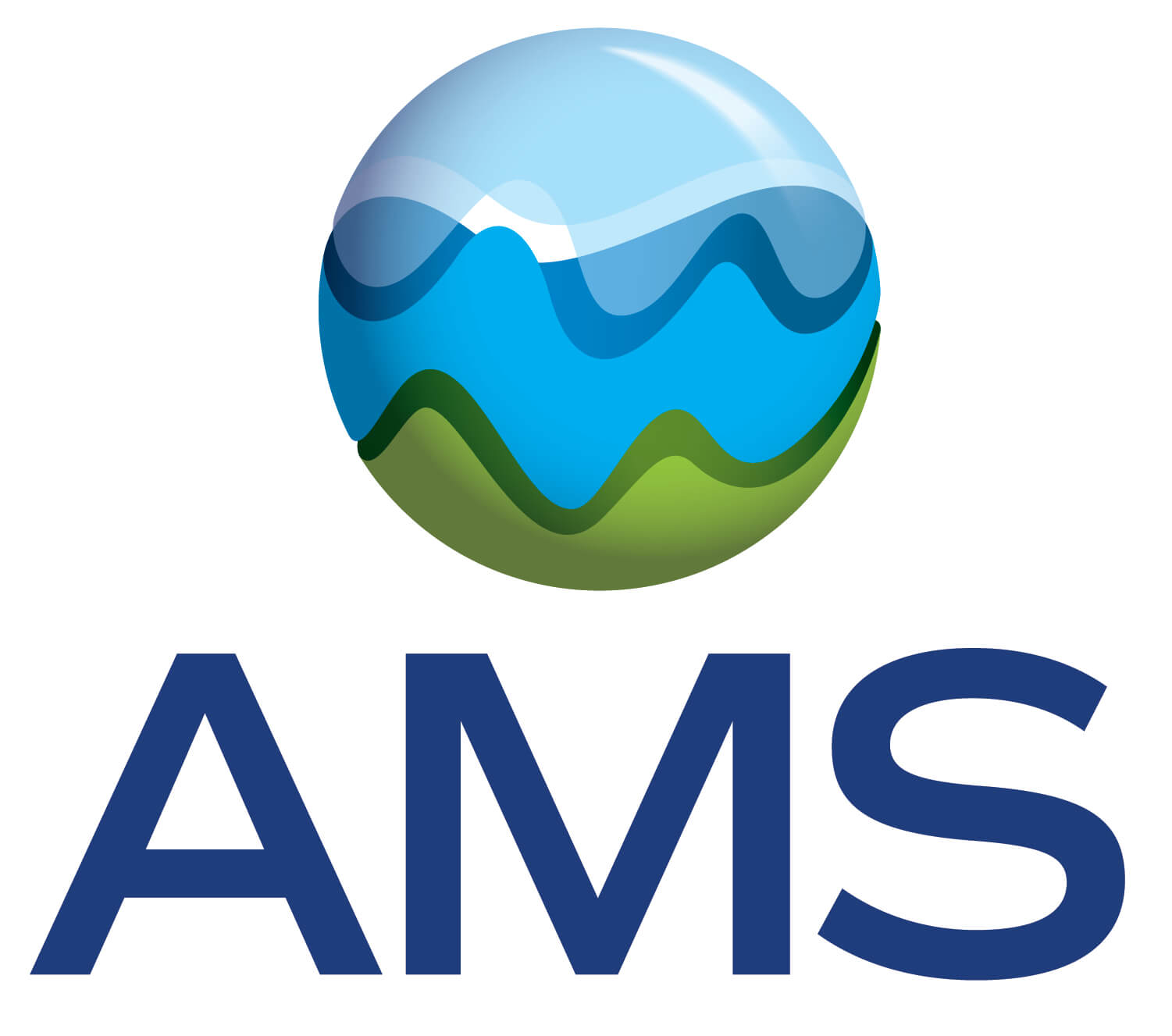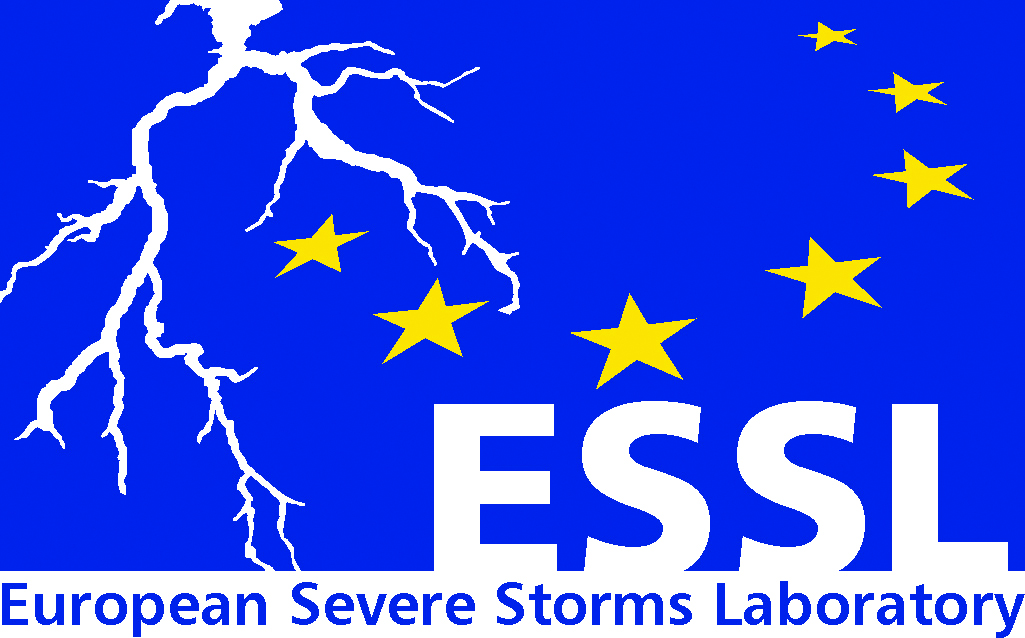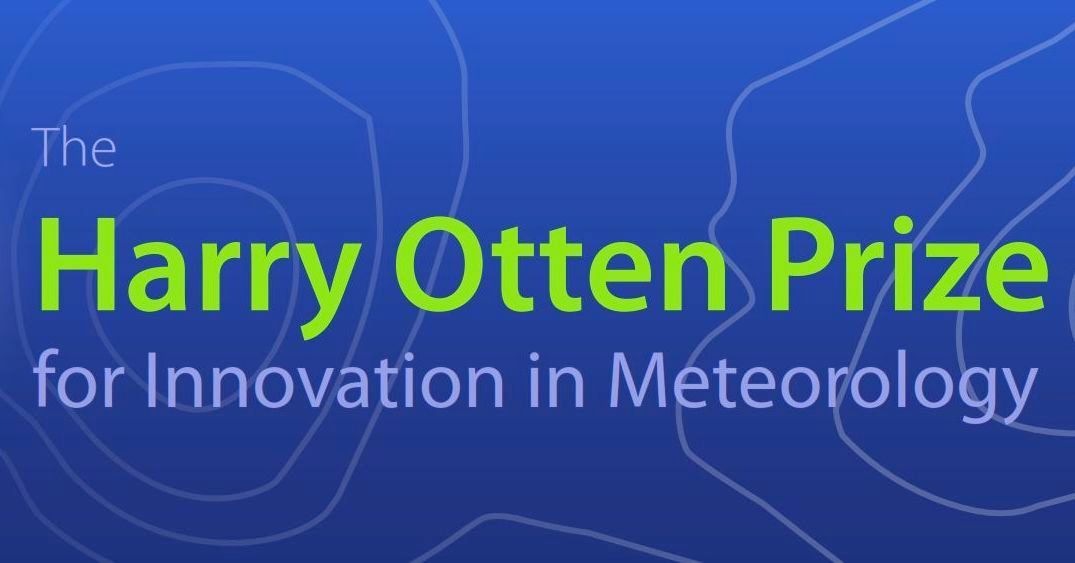CLIMCAT: Plan for Comprehensive Climate Change Information for Catalonia. Process-based filtering of CMIP6 GCMs projections in the Euro-Mediterranean.
- 1Barcelona Supercomputing Center, Earth Sciences Department, Barcelona, Spain (matias.olmo@bsc.es)
- 2Meteorological Service of Catalonia, Barcelona, Spain
- 3Institució Catalana de Recerca I Estudis Avançats, Barcelona, Spain
There is a growing need to understand why the Euro-Mediterranean region and, especially Catalonia, are hotspot regions for both warming as well as drying signals in climate simulations and projections, particularly in summer. Local decision makers call for specific climate information requirements, highlighting the difficulty in having a large range of data sources –observations, global and regional projections, sensitivity and attribution experiments– which lead to discrepancies and analogies regarding the conclusions extracted from different climate data sources.
In this context, CLIMCAT is a joint project between the Barcelona Supercomputing Center and the Meteorological Service of Catalonia in which a variety of data-storing, evaluation and visualisation tools are employed to provide user-centred climate indices and filtered future projections. For the latter, a process-based evaluation framework based on atmospheric circulation patterns (CPs) is designed, focusing on capturing the synoptic configurations that dominate the Euro-Mediterranean region and their impacts in Catalonia. The hypothesis behind this research is that better-performing GCMs may present more plausible future simulations in a global warming scenario.
CPs are defined using daily mean sea-level pressure (SLP) by means of an Empirical Orthogonal Function (EOF) data reduction combined with Ward's hierarchical clustering. The ECMWF ERA5 reanalysis is considered as reference during 1950-2022 to evaluate a set of 24 global climate models (GCMs) from the Coupled Model Intercomparison Project version 6 (CMIP6). The link between CPs and surface variables –precipitation, maximum and minimum temperatures– is analysed. Model performance is quantified through multiple spatial and temporal metrics, allowing the ranking of the best-performing GCMs.
It is found that most of the GCMs are able to capture the annual cycle of the CPs frequency in their historical runs, with a dominant summer CP enhancing warm and dry conditions. However, the correct timing of this pattern and the transitional CPs (autumn and spring) are often misrepresented. The analysis of the surface patterns discriminated by CPs presents an overall good model performance, better for the temperatures than rainfall, particularly in the transition seasons, for which the GCMs spread in their skill score increases.
Finally, when combining spatial and temporal skill metrics, we are able to identify the best-performing GCMs over the Euro-Mediterranean region, allowing a filtering of the large set of CMIP6 projections in different future scenarios. This is a flexible workflow that can be easily modified based on user needs, such as emphasising model capabilities in specific variables and/or atmospheric structures, depending on the regional and local needs to reduce model uncertainty. The approach is designed to support the provision of useful and robust climate information that can benefit policy making at a regional scale.
How to cite: Olmo, M., Cos, P., Altava-Ortiz, V., Barrera-Escoda, A., Campos, D., Loosveldt-Tomas, S., Bretonniere, P.-A., Prohom-Duran, M., Cunillera, J., Muñoz, Á., Doblas-Reyes, F., and Soret, A.: CLIMCAT: Plan for Comprehensive Climate Change Information for Catalonia. Process-based filtering of CMIP6 GCMs projections in the Euro-Mediterranean. , EMS Annual Meeting 2024, Barcelona, Spain, 1–6 Sep 2024, EMS2024-422, https://doi.org/10.5194/ems2024-422, 2024.















